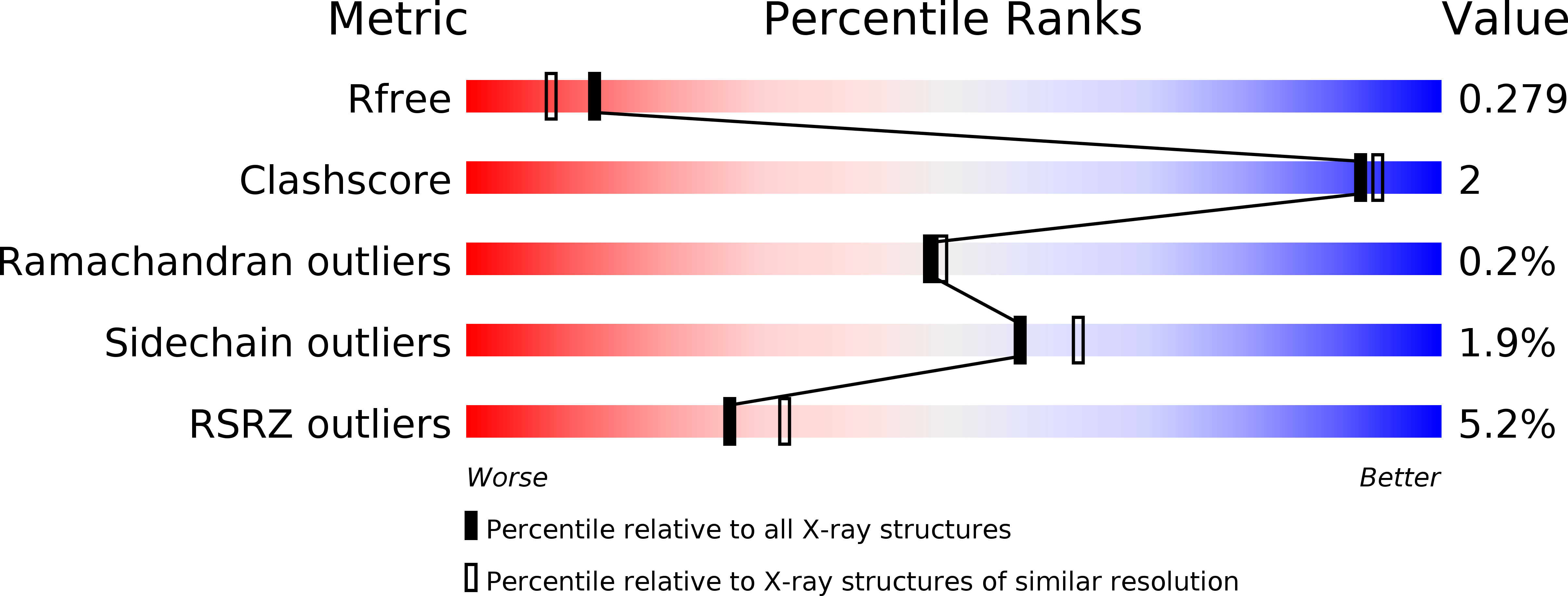
Deposition Date
2013-07-29
Release Date
2014-02-26
Last Version Date
2024-11-13
Entry Detail
PDB ID:
4BZS
Keywords:
Title:
Human angiotenisn converting enzyme N-domain in complex with K-26
Biological Source:
Source Organism:
HOMO SAPIENS (Taxon ID: 9606)
Host Organism:
Method Details:
Experimental Method:
Resolution:
2.10 Å
R-Value Free:
0.27
R-Value Work:
0.23
R-Value Observed:
0.23
Space Group:
P 1


